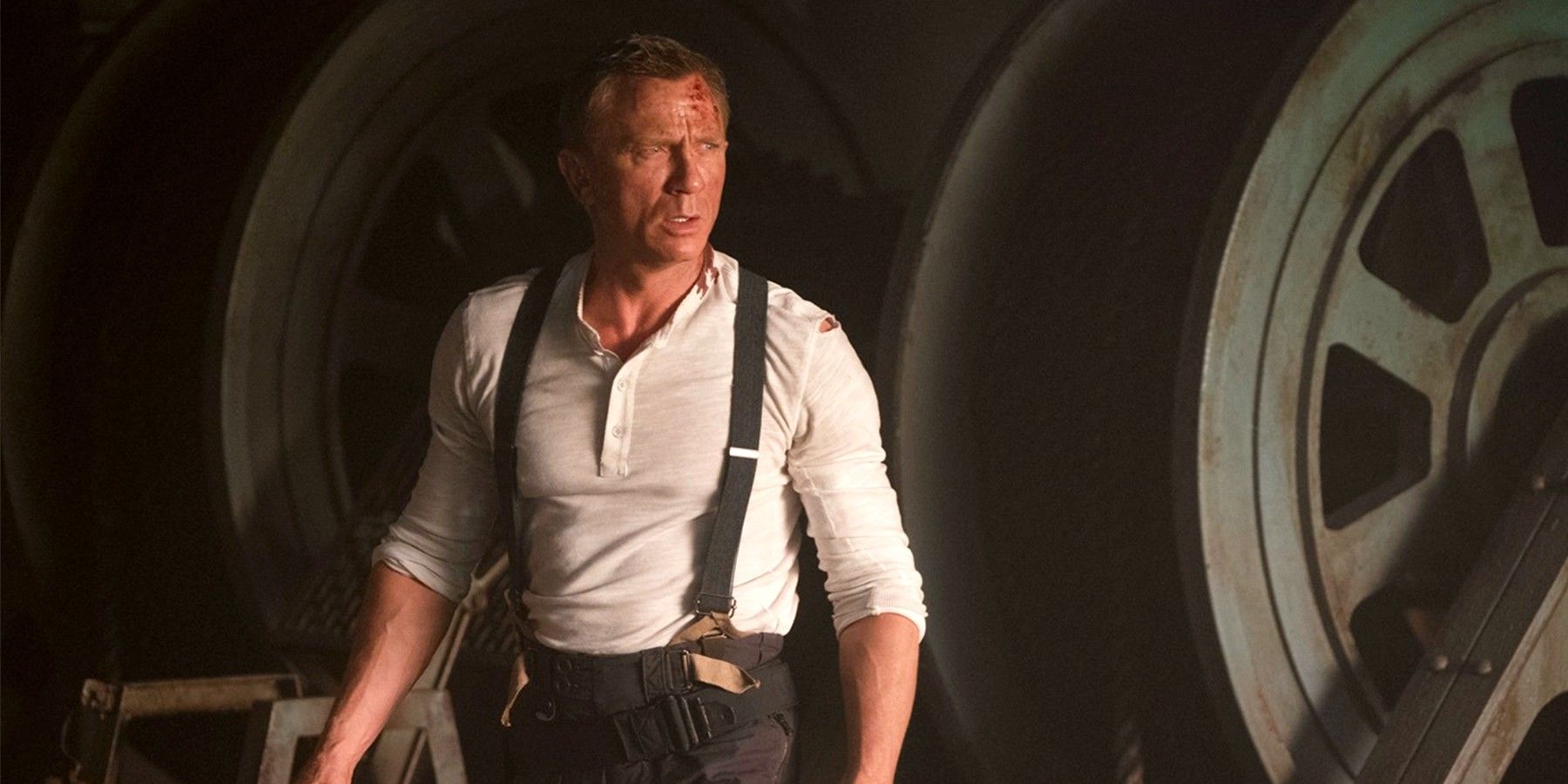Warning: This article contains spoilers for No Time To Die
The explosion that killed Daniel Craig’s James Bond in No Time To Die has set a new Guinness World Record. Craig returned as 007 for the fifth and final time in last year's No Time To Die, helmed by first time-Bond director Cary Joji Fukunaga. The English actor, who first appeared as the secret agent in 2006's Casino Royale, was joined by returning cast members Léa Seydoux as Madeleine Swann, Naomie Harris as Moneypenny, Ralph Fiennes as M, and Jeffrey Wright as Felix Leiter, alongside new faces including Rami Malek's Lyutsifer Safin and Ana de Armas' scene-stealing Paloma.
No Time To Die received positive reviews from critics and audiences alike, as the film became the highest-grossing pandemic-era film at the international box office before being dethroned recently by Spider-Man: No Way Home. The film was praised for its action sequences, cinematography and performances, with Craig's nuanced, vulnerable Bond receiving particular praise. It was also generally heralded for its shocking finale, which saw the secret agent meet his demise for the first time in the franchise's history. Killed by an airstrike after being infected with Safin's nanobots, which would have killed Madeleine on contact, it was the emotional logic for Bond's death that sold the storyline.
In a behind-the-scenes video posted on the official James Bond 007 YouTube channel, No Time To Die's visual effects supervisor Chris Corbould discusses the explosive airstrikes that spelled the end for Craig's Bond. Corbould reveals that, while setting up the explosives, he was informed that there was a "Guinness Book of Records award out there" that their scene looked to be breaking. He was told that the then-record for the most 'high explosives' detonated in a single film take was 65kg. The vital scene Corbould was supervising, however, set the record for the most high explosives detonated in a single film take, with 136.4 kg of TNT-equivalent used in shooting the finale. Check out the video below:
The Bond franchise is no stranger to setting Guinness World Records - nor is the franchise's visual-effects supervisor. The previous Bond outing, Spectre, set the Guinness World Record for largest film-stunt explosion, a slightly different record to the one No Time To Die broke, but one which nonetheless was also bestowed on Corbould. Craig's first Bond film, Casino Royale, set a Guinness World Record for the most cannon-rolls in a car, when Bond's Aston Martin DBS flips to avoid crashing into love interest Vesper Lynd. While that stunt was performed by double Adam Kirley, Courbould recently revealed that Craig showed off his driving skills on No Time To Die, even completing one of the donuts in Piazza San Giovanni in the film's pre-titles sequence.
Though Fukunaga ultimately decided on the record-breaking explosions to kill Craig's Bond, the method of his death was not always set in stone. The director recently revealed the other ideas for the demise of the world's most famous spy, such as an "anonymous bullet," before deciding that a more conventional death didn't seem appropriate for a character who had escaped what looked to be certain death countless times. The writer/director ultimately decided that No Time to Die had to go out with - a Guinness World Record-breaking - bang. With a reboot of the franchise on the way as a new actor steps into the role, the filmmakers will no doubt look to break more records in the future.
Source: James Bond 007

